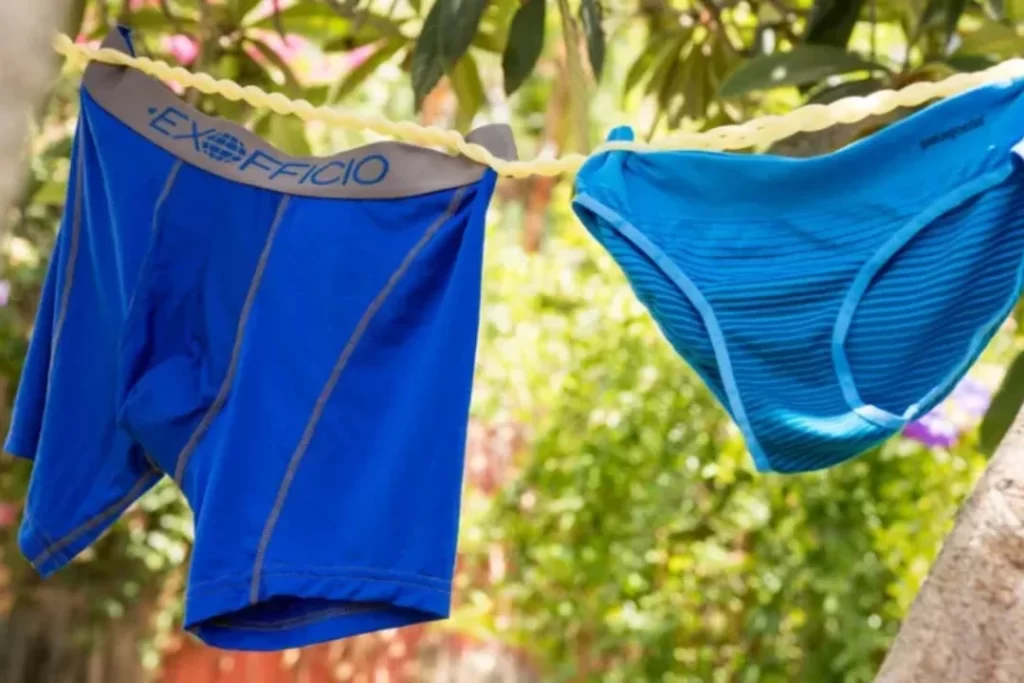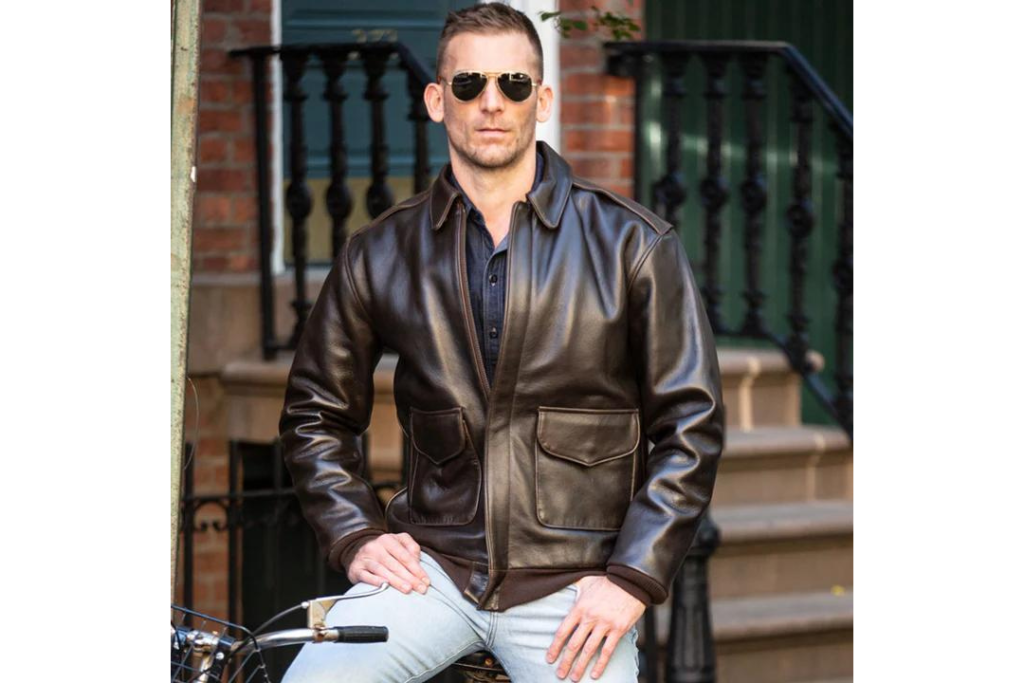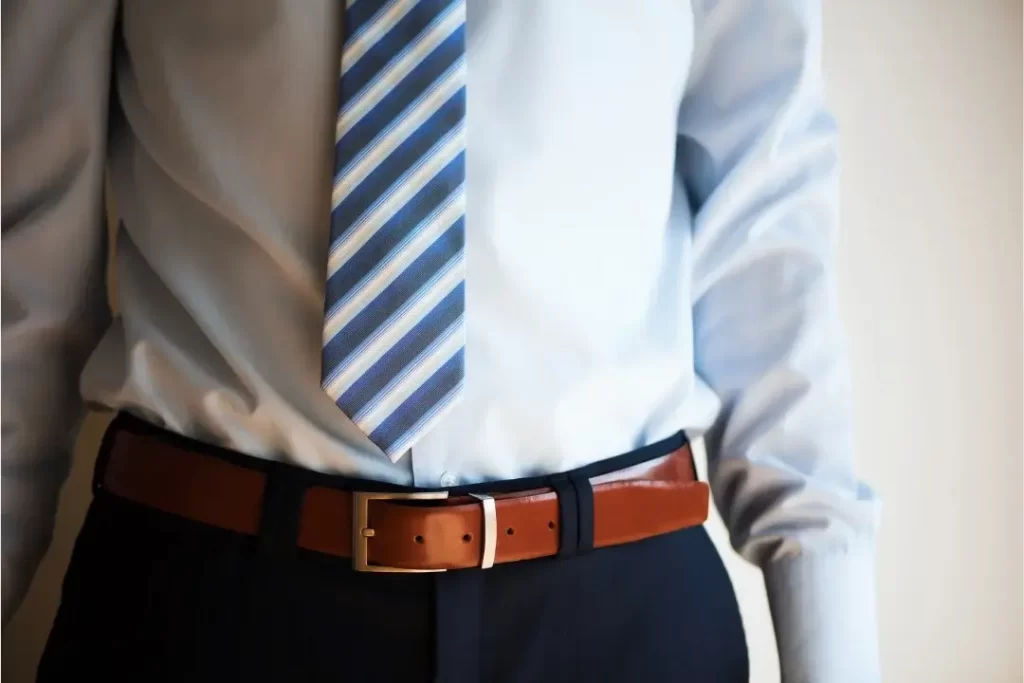Why Pakistan Is A Hub Of Clothing Manufacturers
Why Pakistan Is A Hub Of Clothing Manufacturers The Pathways To Global Recognition And Becoming The Next Big Thing In Textile Manufacturing Sector When we discuss the worldwide textile and clothing manufacturing, Pakistan stands out as having a noticeable position in the global material and clothing industry. Pakistan has become a sought-after destination for many […]
Why Pakistan Is A Hub Of Clothing Manufacturers Read More »










